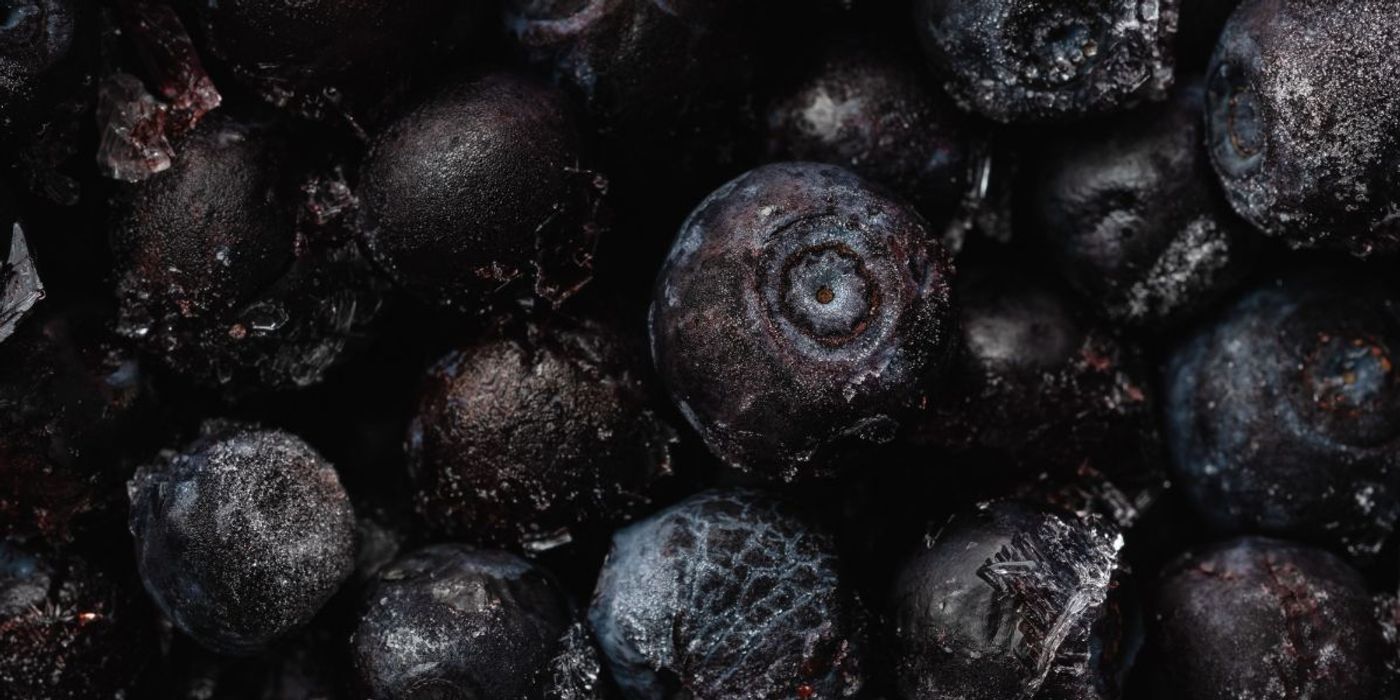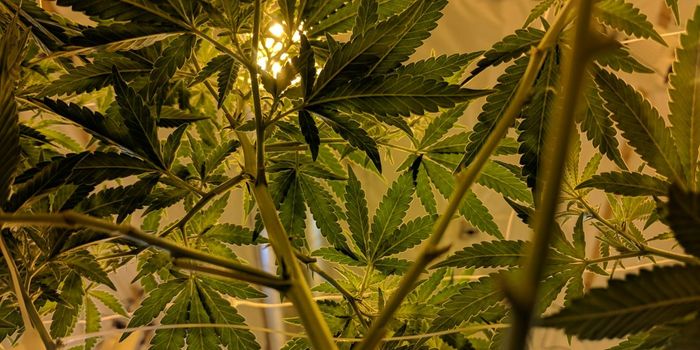Flavonoids Linked to Lower Mortality Rate Among People with Parkinson's
Eating more flavonoids is linked to a lower mortality rate among those with Parkinson's Disease. The corresponding study was published in Neurology.
Flavonoids are a class of plant pigments found in richly-colored foods like berries and cocoa. Previous research has found that they have a multiplicity of neuroprotective effects, including protecting neurons against neurotoxins, suppressing neuroinflammation, and prompting memory, learning, and cognitive function. Despite these known links, until recently, research has been lacking on the specific benefits of flavonoids for those with Parkinson's.
In the present study, researchers set out to investigate this. To do so, they analyzed data from 599 women and 652 men who had recently been diagnosed with Parkinson's. Participants were asked how often they ate flavonoid-rich foods every four years over a study period of 32-34 years. The researchers compared this data with mortality data from the National Death Index and state vital statistics records.
The top quartile of participants in terms of flavonoid consumption consumed 673 mg each day compared to 134 mg in the lowest quartile. Over the 32-34 year study period, the researchers noted 944 deaths.
After analyzing the data, the researchers found that higher flavonoid intake before Parkinson's diagnosis was linked to a lower rate of all-cause mortality among men, but not in women. Consuming more flavinoids after Parkinson's diagnosis, however, was associated with a lower mortality risk for both men and women.
Altogether, after controlling for age and dietary factors, the researchers found that participants in the top quartile of flavonoid consumption had a 70% greater chance of survival than those in the lowest group.
In particular, the researchers found that the top 25% of those who consumed anthocyanins - typically found in high quantities in berries, currants, and grapes- had a 66% greater survival rate than the bottom 25% of anthocyanin-consumers. They additionally found that the top 25% of consumers of flavan-3-os- found in apples, kale, and tea- had a 69% greater survival rate compared to those in the bottom quartile of consumption.
While the researchers did not identify the underlying mechanisms behind the link, Xinyuan Zhang, lead author of the study, said: "Flavonoids are antioxidants, so it's possible they could be lowering chronic neuroinflammation levels," Zhang said. "It's also possible they may interact with enzyme activities and slow neuron loss and could protect against cognitive decline and depression, which are both associated with higher mortality risk."
Sources: Neuroscience News, Neurology









